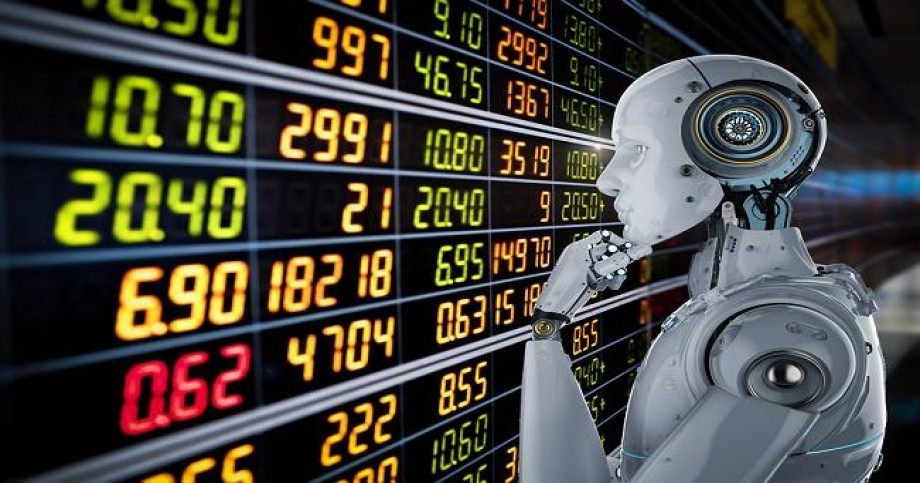Building an automated AI trading system

Even high-frequency trading (HFT) companies faced significant technical challenges related to the speed and size of the data sets they employ. For example, “tick data” (which contained price data for each price update down to a fraction of a second) for a day’s worth of trading on an instrument can contain around 60 million lines. Each line reflects the state of the broker’s order book. Supposing that an HFT company was trading 10,000 instruments in various locations. This meant that one day of trading data contained approximately six hundred billion lines. Files of this size were too large to be handled in software programs like Excel. The single instrument file can take hours to load in other programs like MATLAB, and cause them to freeze or crash. Now, if you’re thinking about making a Nasdaq assessment, that stock exchange alone has nearly 3100 equities. It’s an enormous job. More importantly, this data had to be analyzed and acted on in microseconds as it arrives in real-time, not merely loaded for analysis at the end of the day. Beyond overcoming these data processing problems, an HFT firm needs to find a profitable trading strategy which is another enormous challenge. The role of Big Data in AI trading It is important to note that all of these advancements in artificial intelligence are made possible by, and otherwise depend on, the emergence of big data. The ability of a computer algorithm to generate useful solutions from the data relies on the existence of a lot of data. More data means more opportunity for a computer algorithm to find associations. And as more associations are found, the greater the accuracy of predictions. Just like with humans, the more experience a computer has, the better the results will be. This trial-and-error approach to computer learning requires an immense amount of computer processing power. It also requires specialized processing power, designed specifically to enhance the performance of machine learning algorithms. Our AI trading is designed through a multi-layer system able to quickly learn over massive amounts of data to find the best signals to trade.